Co-op Tech: Life on a Microgrid
A Brunswick County neighborhood has earned an innovative distinction
By Scott GatesAlthough there are more homes under construction than not, anyone strolling down the street in Shallotte’s new Heron’s Nest neighborhood can tell something different is going on. Each cottage is brightly colored, small but with space used efficiently. Solar panels dot the rooftops. The driveways aren’t made of poured concrete, but permeable pavers.
These are among the few hints that the otherwise quaint development is something more. Through collaboration among Brunswick Electric, North Carolina’s Electric Cooperatives and developer The Adams Group, the community has claimed the distinction of the state’s first residential microgrid.
“This partnership is a great opportunity for all of the electric cooperatives in North Carolina to gain knowledge in how to integrate this equipment to bring greater resiliency and flexibility to the distribution grid by working with a local residential community,” said Jim Musilek, director of Innovation and Business Development for North Carolina’s Electric Cooperatives.
Once fully operational, the site’s 30-plus homes will be equipped with rooftop solar panels, demand response water heaters, demand response ecobee programmable thermostats and an option for electric vehicle charging. Energy efficient and sustainable features are incorporated throughout building materials. A portion of the neighborhood is dedicated to a larger community solar array with battery storage.
“Brunswick Electric is demonstrating the effectiveness of a smart Wi-Fi enabled water heater and thermostat for demand reduction, while also demonstrating the ability to utilize the development’s solar and battery storage,” said Brunswick Electric Vice President of Engineering and Operations Lewis Shaw. “Combined with the load reduction devices, they will form a microgrid when and if needed.”
The community is made up of interconnected loads and resources connected to the main electric grid. On a typical day, residents will obtain power from the main grid, supplemented by power from their rooftop solar panels and the community solar array. What sets this community apart is what happens should the connection to the main grid become unavailable — after a storm, for example. As a microgrid, the residents will benefit from continued solar power as well as the battery backup system. What’s more, the demand response thermostats and water heaters can be controlled by the electric utility to make more power available to the system during that time, as well as during times of high demand.
“We are excited to work with Heron’s Nest and North Carolina’s Electric Cooperatives to gather useful knowledge that we can utilize in the future to reduce cost to our members and improve reliability,” Shaw said.
The neighborhood’s first resident, Kourtney Gore, teaches at West Brunswick High School in Shallotte, where her grandmother also taught for 30 years. Building a new home in the neighborhood was affordable and allowed her to turn her dreams (and Pinterest ideas) into reality, according to Gore. But the sustainable aspect was a big added draw.
“Being environmentally conscious and turning that awareness into action was a huge drive to build in this neighborhood,” Gore said. “From building a house that has a footprint without wasted space that includes energy efficient materials, to utilizing solar energy, to the TrueGrid [permeable] driveway, I feel comfortable knowing that I am doing my part to lessen my negative impact on the environment.”
-
More Co-op Microgrids
-
Share this story:

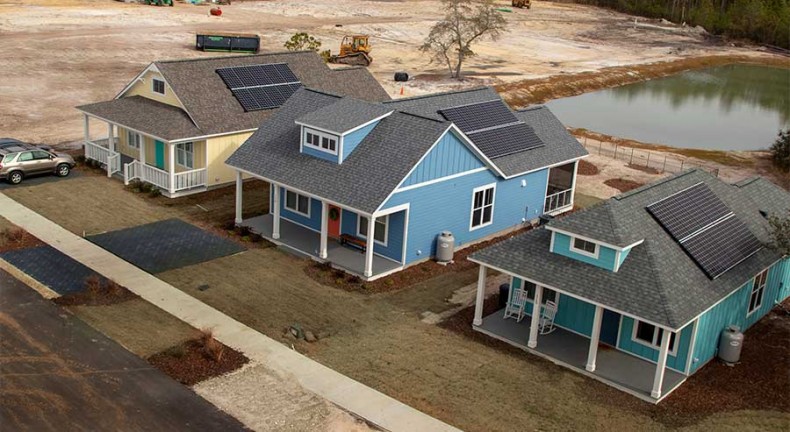
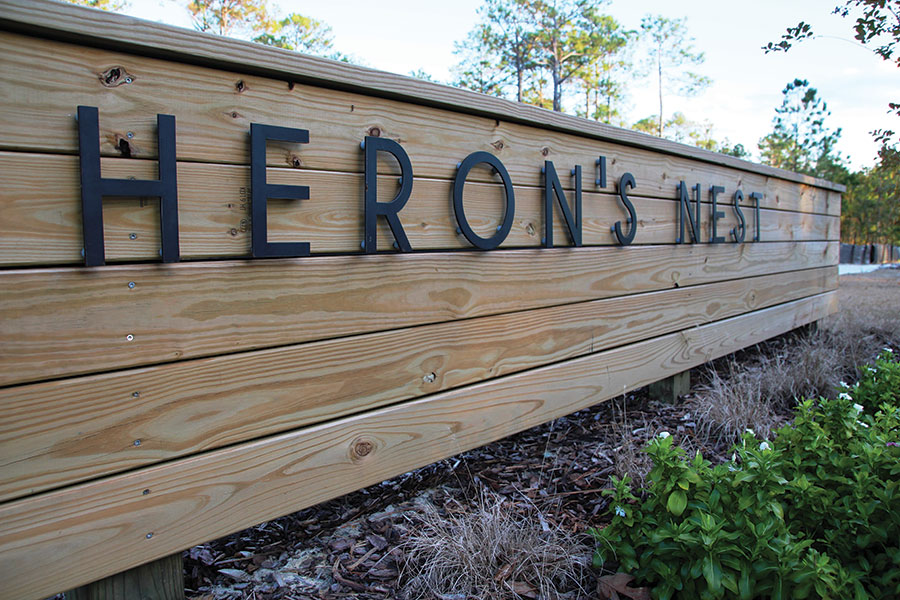
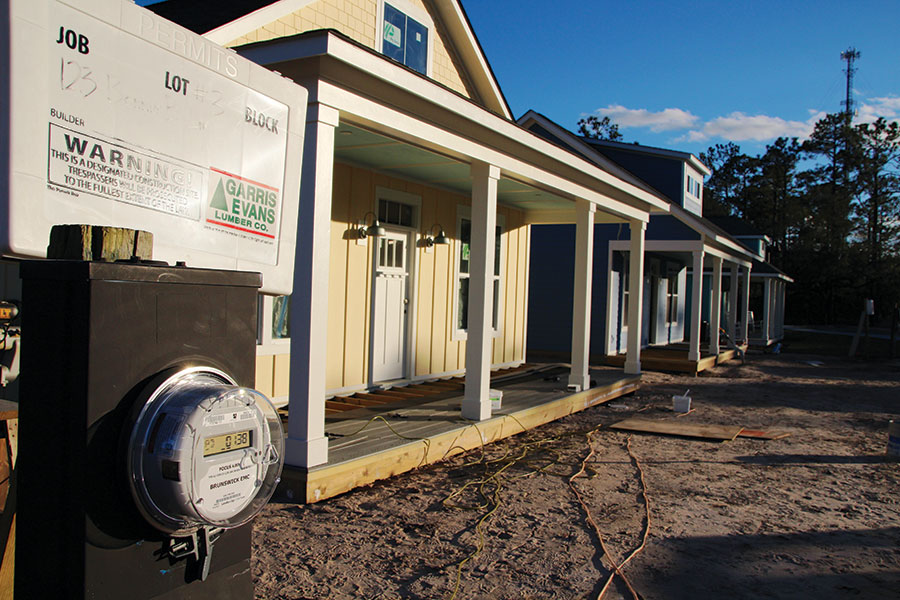
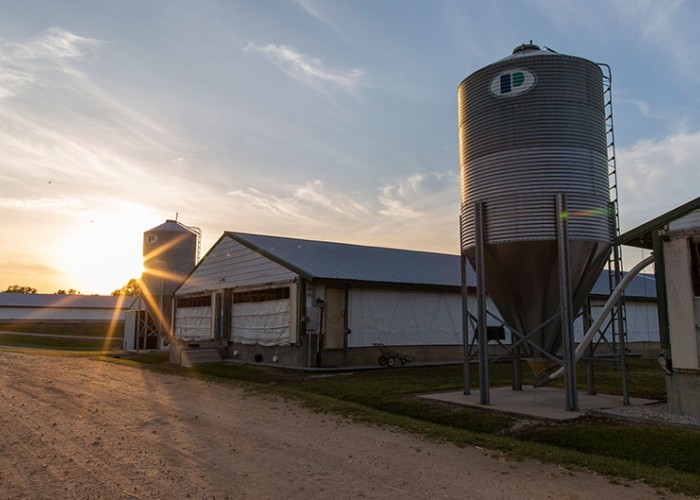
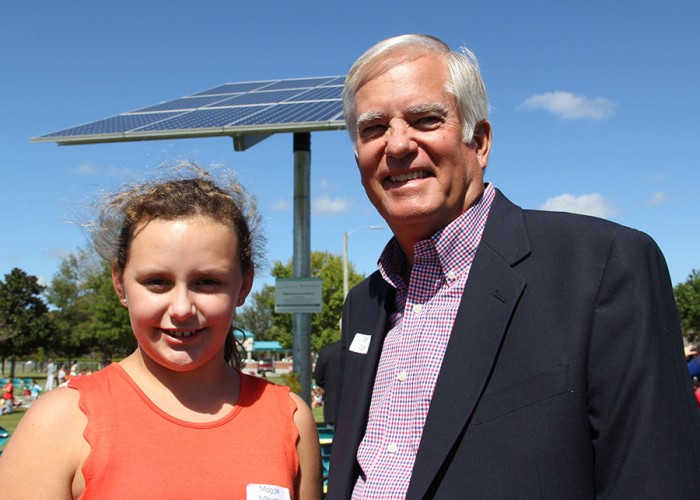




Comments (4)
Wanda Plonk |
March 13, 2019 |
reply
Carolina Country |
March 13, 2019 |
reply
Missy Rowe |
March 20, 2019 |
reply
Wendi |
June 22, 2019 |
reply